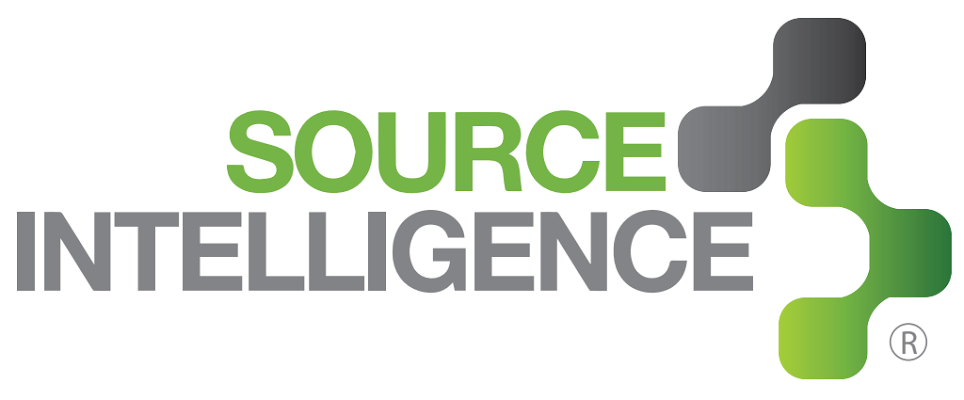5 Things You Can Do to Promote Workplace Safety and Awareness
With the increasing number of hazardous chemical products being produced each year, employees all over the world are more likely to have a chemical exposure in the workplace.
With the increasing number of hazardous chemical products being produced each year, employees all over the world are more likely to have a chemical exposure in the workplace. Are you an employer that requires employees to work with or around hazardous chemicals or materials? Having and maintaining a successful hazard communication plan is critical not only to the well-being of your employees, but also necessary to gain compliance with the Department of Labor’s Occupational Safety & Health Administration’s requirements. Since OSHA’s regulations are constantly changing and evolving, it is important to understand your responsibility as an employer. There are some short term actions you can take to minimize a chemical accident.
- Substitution. The risk of injury or illness may be reduced by replacement of an existing process, material, or equipment with a similar but less hazardous item. Care must be taken in any substitution to ensure that the substitute materials are technically acceptable and to avoid introducing a new or unforeseen hazard.
- Isolation. Hazards are controlled by isolation whenever an appropriate barrier or limiter is placed between the hazard and an individual who may be affected by the hazard. Examples include machine guards, electrical insulation, glove boxes, acoustical containment, and remote controlled equipment.
- Ventilation. The control of a potentially hazardous airborne substance by ventilation can be accomplished by one or two methods: diluting the concentration of the substance by mixing it with uncontaminated air, or capturing and removing the substance at its source or point of generation.
- Administrative Control, Operating practices can be changed to reduce the exposure of individuals to chemical hazards. These practices may take the form of limited access to high hazard areas, preventive maintenance programs to reduce the potential for leakage of hazardous substances, or adjusted work schedules.
- Personal Protective Equipment (PPE), Use of a personal ventilator, mask, or protective clothing can reduce exposure to toxins.
To ensure your safety and the safety of your employees, make sure you and your employees are aware of all possible toxin you can be exposure in the workplace. For more in depth safety procedures and precautions make sure all employees have access to Safety Data Sheets (SDS). SDS are the cornerstone of the Hazard Communication Standard. They can also be a costly and time-consuming element to manage in order to remain compliant. June 1, 2015 marks the second of four OSHA deadlines that will require manufacturers to convert their current Material Safety Data Sheets (MSDS) to the new SDS and to generate a GHS manufacturer label. To better understand the importance and compliance of a successful safety program and deadlines, check out this free infograph: GHS Compliance Deadlines: OSHA’s Globally Harmonized System of Classification and Labeling provided by the panel of experts at Source Intelligence.

